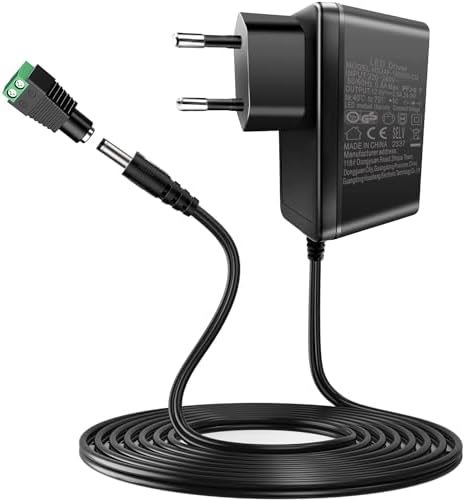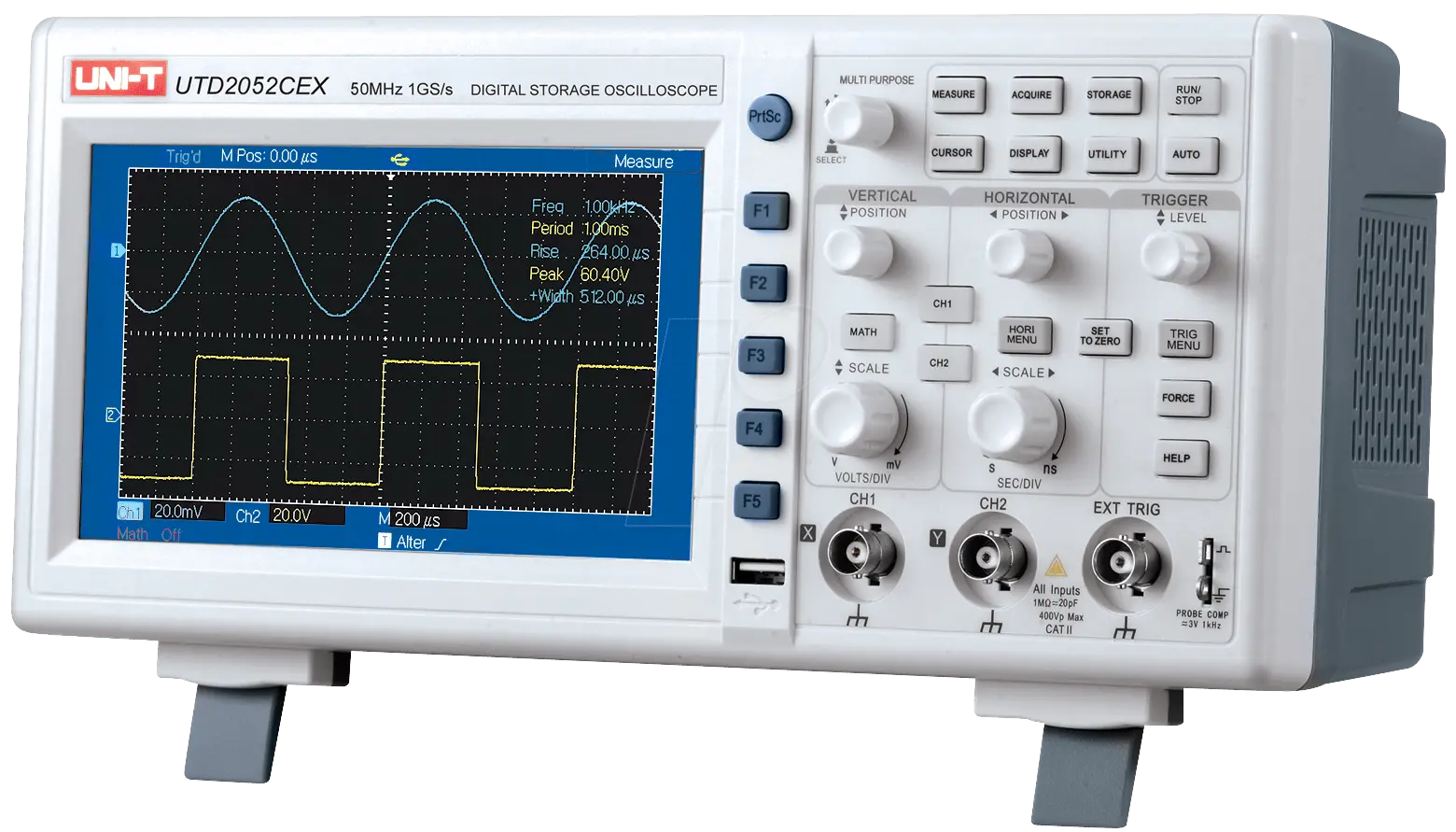11 Payroll Tax Forms Every Employer Needs to Know Leave a comment
For example, the IRS’s failure-to-file penalty is 5% of unpaid taxes for each month or part of a month that a tax return is late. The maximum penalty for failing to file and pay payroll tax is 47.5% (22.5% for late filing and 25% for late payment) of the tax. Talk to your tax advisor about possible penalties for specific late dates and failures to pay. As your payroll staff or provider can likely tell you, your organization is responsible for meeting several types of payroll tax obligations throughout the year. If you fail to do so, you may face adverse tax consequences and hefty penalties. Following is an overview of the basic rules relating to every employer’s payroll tax responsibilities.
Disability insurance requirements
Always double-check tax calculations and withholdings before processing payroll. This ensures that the right amount of tax is withheld from each employee’s paycheck. Make use of tax tables, employees’ W-4s, and payroll software to ensure that your calculations are correct. Mistakes can lead to underpayment or overpayment of taxes, both of which can result in penalties or refunds that complicate your financial records. For example, New York City requires all residents to pay local income tax on their taxable income. Employees may be subject to local taxes even if they work in a different location, so it’s essential to stay aware of any applicable local payroll taxes.
Latest Blog Posts
Implement our API within your platform law firm chart of accounts to provide your clients with accounting services. By submitting your information, you agree to Lattice’s Terms of Service and Privacy Policy.
- Whether payroll is managed in-house or outsourced, administrators must ensure they’re getting the most value while maintaining accuracy and compliance.
- It covers federal unemployment insurance paid by the federal government to state unemployment agencies.
- Payroll liabilities make up what a company owes to employees, the government, and other entities as a result of processing payroll.
- In brief, payroll liabilities are how much money is owed for payroll, while payroll expenses are the money actually spent on payroll.
- In this blog, we’ll break down the payroll administration definition, what does payroll administrator does, including its duties, process, challenges, and what makes a great payroll administrator.
Form 941 (Employer’s Quarterly Federal Tax Return)
Despite the challenges, payroll admin is crucial for ensuring timely and accurate employee payments, maintaining tax compliance, and keeping the business running smoothly. It’s a position that requires a blend of technical expertise and strong communication skills. As companies grow, the importance of efficient payroll administration only increases, making it even bookkeeping more critical to have a skilled and dedicated payroll administrator in charge. Accurate employee classification is crucial for maintaining payroll compliance. By distinguishing between full-time employees, part-time workers, and independent contractors, businesses can avoid significant penalties related to incorrect tax withholdings and benefits allocations. Payroll taxes include Social Security, Medicare, and unemployment taxes, among others.
- Managing payroll taxes is a multifaceted responsibility that requires diligence, accuracy, and a proactive approach.
- Lattice’s AI-powered anomaly detection helps prevent accidental payroll overages and surprises.
- It is critical for businesses to keep accurate payroll records, calculate taxes and deductions accurately, and maintain a clear payroll policy guide for payroll liabilities and payroll processing.
- Employers are required to pay this tax to the IRS, as it is not withheld from employee paychecks.
- Addressing these pitfalls involves not just awareness, but action.
- Whether you choose to handle payroll internally or seek professional assistance, the key is to maintain compliance and ensure that your employees are paid accurately and on time.
The Hidden Costs of Payroll Tax Errors—and How to Avoid Them
These differences reflect each state’s unique economic conditions, policy priorities, and social welfare systems. Federal income tax is paid entirely by employees, and the amount withheld depends on their total earnings, filing status, deductions, and more. To ensure accurate withholding, use each employee’s Form W-4, or Employee’s Withholding Certificate, along with the Internal Revenue Service (IRS) employer withholding tables. Once payroll calculations are complete, the payroll administrator ensures employees are paid on time through their chosen method, such as direct deposit, checks, or payroll cards. Timely and accurate payment is essential, and the administrator must double-check all payment amounts to avoid payroll errors or delays, ensuring employees are compensated correctly for their work. Payroll administration refers to the process of managing and overseeing the payment of wages to employees.
Maintain accurate withholding.
Payroll administrators are responsible for keeping meticulous records of employee data. This includes tracking salary history, tax information, and any changes in employment status. These records are essential for audits and can be invaluable if discrepancies arise. If you paid more than $600 to an independent contractor during a tax year, you are required to report those payments annually to the IRS and the contractor using Form 1099-NEC.
Business Recordkeeping: Key Documents, Digital Tools & Compliance
Your business should collect this form from each new hire when they join, as well as after any major life changes — like getting married or having a baby. In this guide, we share everything you need to know about payroll taxes — from the basics of what they are and how they’re calculated to your specific responsibilities as an employer. Then, the administrator applies deductions for taxes, benefits, retirement contributions, and other withholdings. The remaining amount is the employee’s net pay, which is the amount they receive after all deductions have been accounted for. In this blog, we’ll break down the payroll administration definition, what does payroll administrator does, including its duties, process, challenges, and what makes a great payroll administrator.










